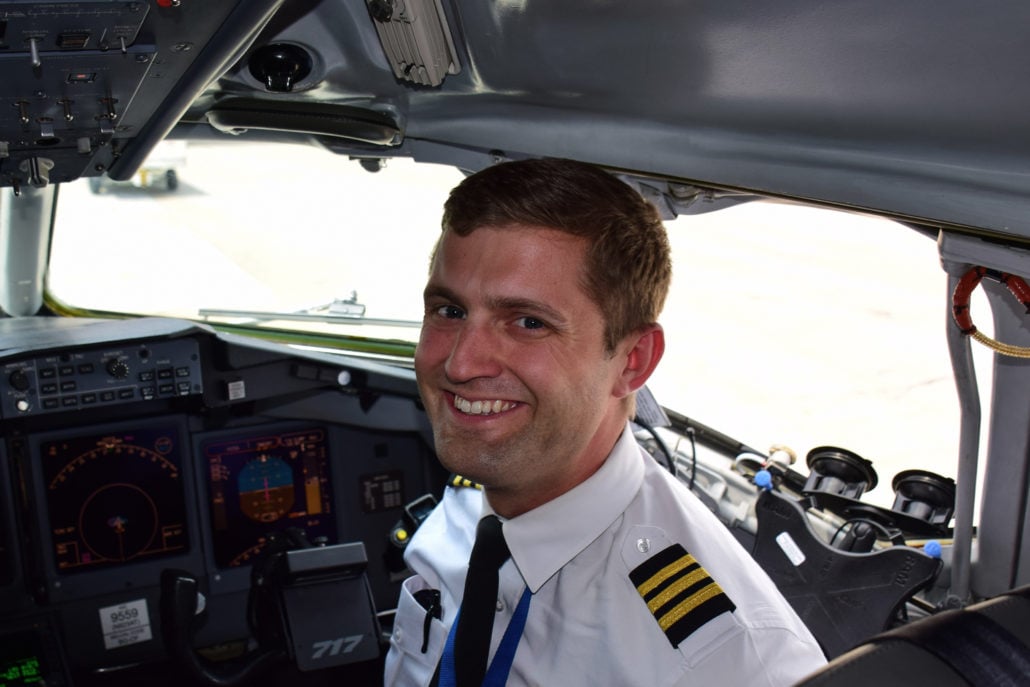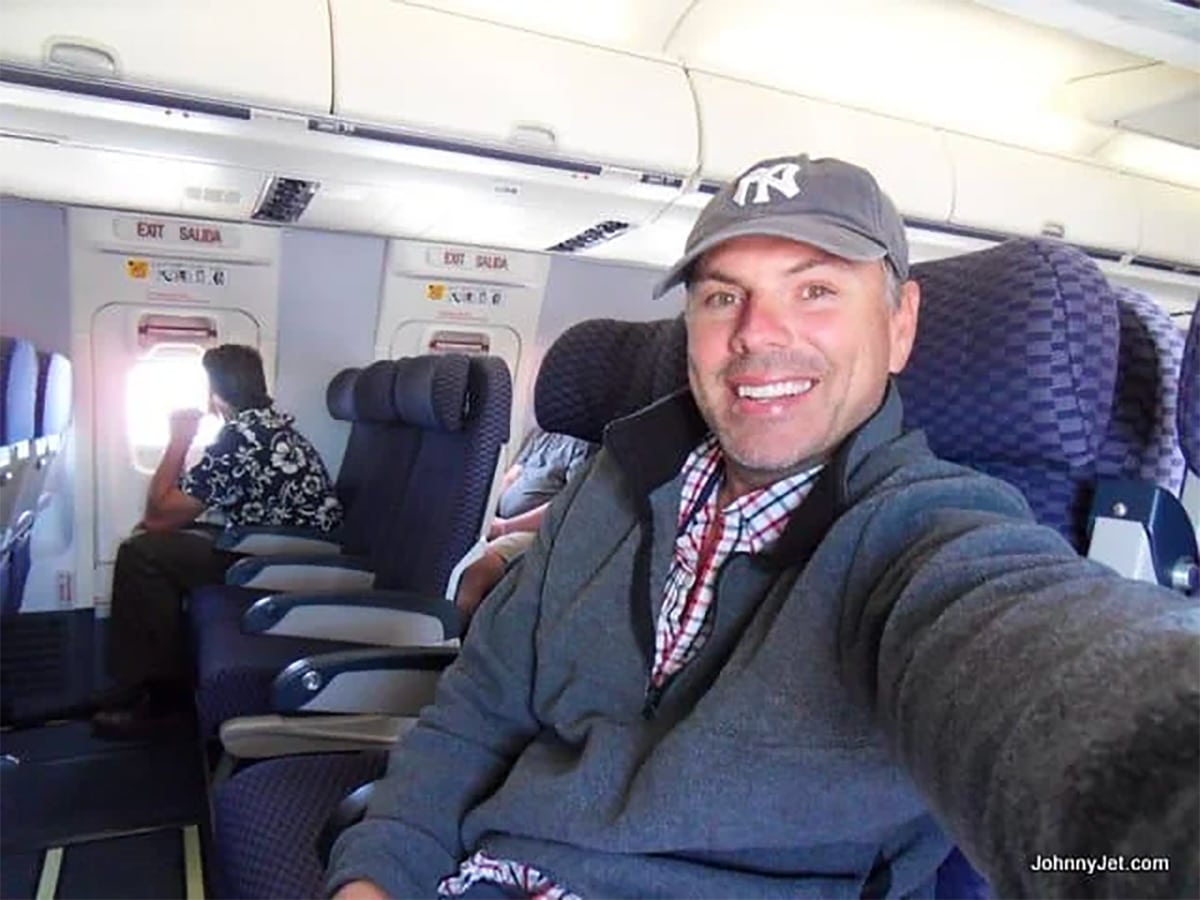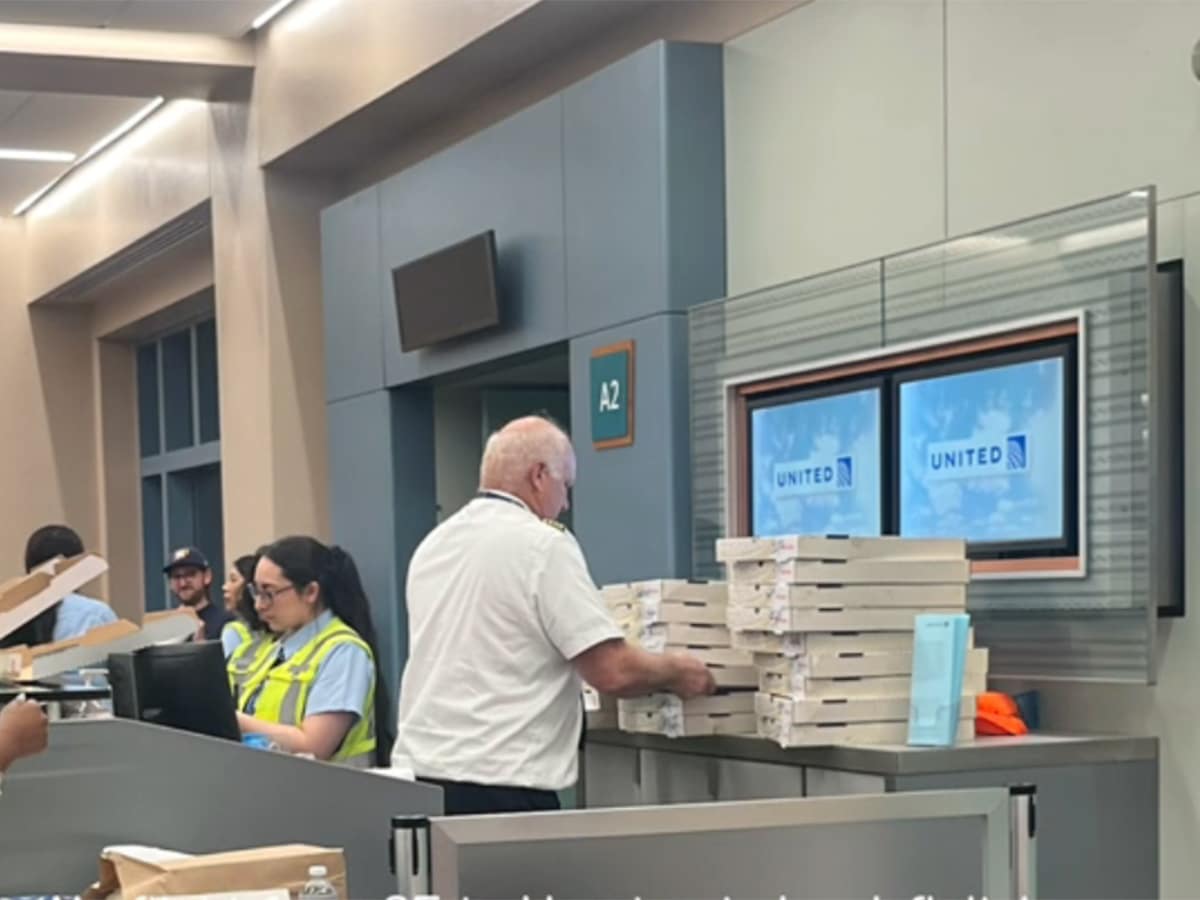
In our Ask a Pilot series, pilot Spencer Marker answers one of your aviation-related questions each week. See past installments here and submit your own to whitney@johnnyjet.com.
The question
On a recent flight from Chicago to Phoenix, the pilot announced before we took off that he expected to arrive early and that we might have to wait for a gate once we arrived in Phoenix. Indeed that came to pass as predicted, which is easy to understand since airline schedules, gate demands and weather are known factors. In such a case, why not fly a bit slower and arrive five minutes early instead of 20 minutes early and wait 15 minutes for a gate? It wouldn’t impact anyone’s connections or the airline’s on-time performance and it would save fuel and save passenger’s frustration while sitting on the tarmac. It seems that ATC should be adequately separate aircraft even though travelling at different speeds.
—Walt Slazyk, DuPage County, IL
The answer
Walt, thanks for writing in for this week’s “Ask a Pilot.” I was excited to receive your question as it seems to be a common complaint from passengers and something I feel does warrant a little bit of explanation. The answer is not a simple one, as airline operations and the National Airspace System are both fairly intricate in their operations. I’ll try to make sense of it by tackling each’s role, one by one.
From an airline operations perspective
Airlines are judged by the Department of Transportation on their ability to depart on time and arrive on time, within a certain window. In the airline world we call this D:0 (departure time plus 0 minutes) and A:14 (arrival time plus 14 minutes). What this means is that airlines are essentially scored by the DOT based on their ability to depart on time (D:0) and arrive within 14 minutes of their scheduled arrival time (A:14). The government compiles this data into a list of the most on-time airlines and other information.
Because of this system, airlines have begun to add more block time to their flights. Block time is the time an airline allots for the plane to depart the gate at its origin and arrive at the gate at its destination. This includes all the taxi time, waiting in line for takeoff AND the planned flight time. Since airlines are free to schedule their own block time, nearly all have added additional time to compensate for potential delays and bolster their A:14 statistics. On good days, this increase in block time leads to airplanes being very early at their destinations (similar to your experience, Walt).
Usually, getting in early is a good thing. However, gate constraints become an issue for these early aircraft, especially during peak travel days or times. So early airplanes have to wait for their assigned gate to become available. Switching gates, as easy as it seems, can present additional operational issues to the airline, as connecting bags have to be relocated to the new gate (and potentially a new terminal), as well as ground staff, ground support equipment, and catering. Plus, a different gate also has its own scheduled arrivals, and placing an unscheduled airplane there disrupts the operation more.
Flying slower is an option in cases like this, and airlines will actually advise their airplanes to slow in order ease gate congestion. However, in the years I have been working, I’ve only experienced this once. And the reason for its rarity may lie in cost. When an airplane is in flight, there is a speed that garners the best fuel efficiency. It’s called maximum-range cruise. When you fly faster than this speed, fuel burn increases. When you fly slower, fuel burn actually also increases due to the extra flight time. So slowing down can also can actually cost the airline more.
Additionally, it burns less fuel for the airline to have the plane sitting on the ground waiting for a gate than to fly slower. While on the ground, the engines are at idle and oftentimes, airplanes can shut down one engine, again saving fuel. Also, during this time, passengers are free to text loved ones and if the crew deems it safe, use the bathroom. And while sitting on the ground can seem frustrating to passengers who simply want to be on their way, early airplanes waiting for a gate rarely become a late arrival.
From a National Airspace System perspective
Slowing down an airplane for gate constraints at the destination does put an additional burden on the air traffic controllers too. When airplanes fly from one place to another, the route they will fly is defined by airways. Think of these as highways in the sky. Many aircraft can use these airways at one time, and ATC’s job is to make sure there is enough room between these airplanes. Slowing the airplane down can cause a backup on the airway, similar to a car going slowly in the fast lane on a freeway.
In lower traffic areas, slowing down rarely creates an issue. However, in busy airspace, such as the Florida-to-New York corridor or the approach to a busy airport, an aircraft operating slower than the rest can create additional work for the controller. In most cases, the controller will assign the airplane a speed to maintain, and, at that point, the benefit of flying slower is moot.
To sum up
Airlines have gone to great lengths to create an efficient and safe travel experience and increasing block time helps ensure airplanes get to their destinations on time. However, as you have experienced, this can lead to lengthy waits for a gate on arrival. The airline has options to mitigate this and slowing down is one of them. The downside of this strategy is increased fuel cost for the airline and the potential to snarl traffic in the ATC system.
Thanks for your question Walt! If anyone else has similar stories, feel free to share in the comments below.
And if anyone has a burning aviation question or if there’s something you’d like cleared up, drop us a line at Whitney@johnnyjet.com to get your question featured in an upcoming “Ask a Pilot” column.
Tailwinds,
—Spencer



